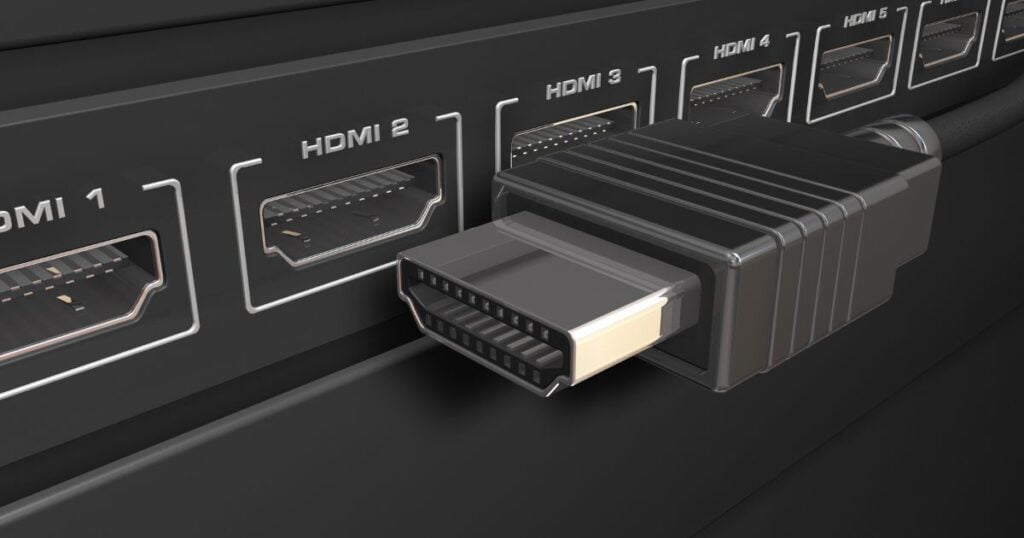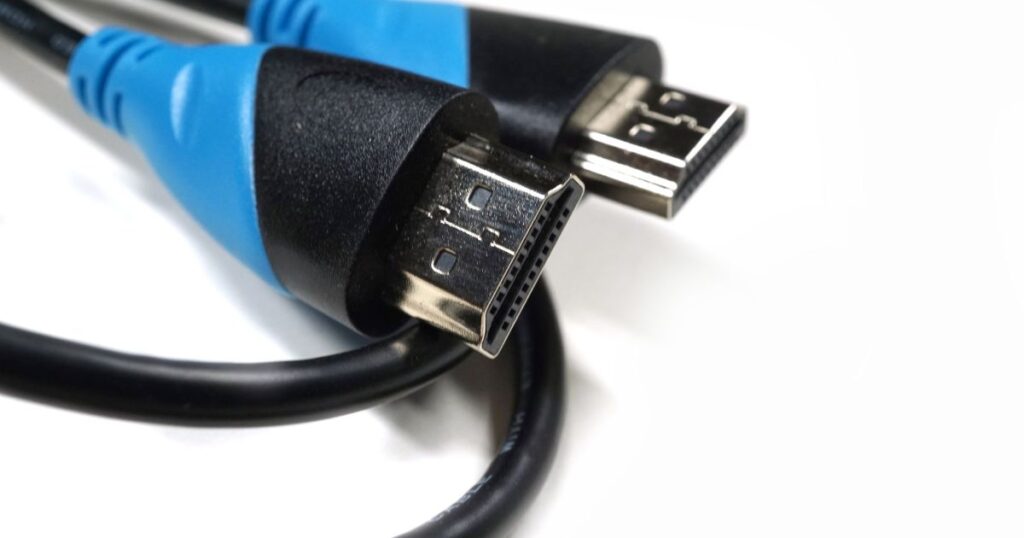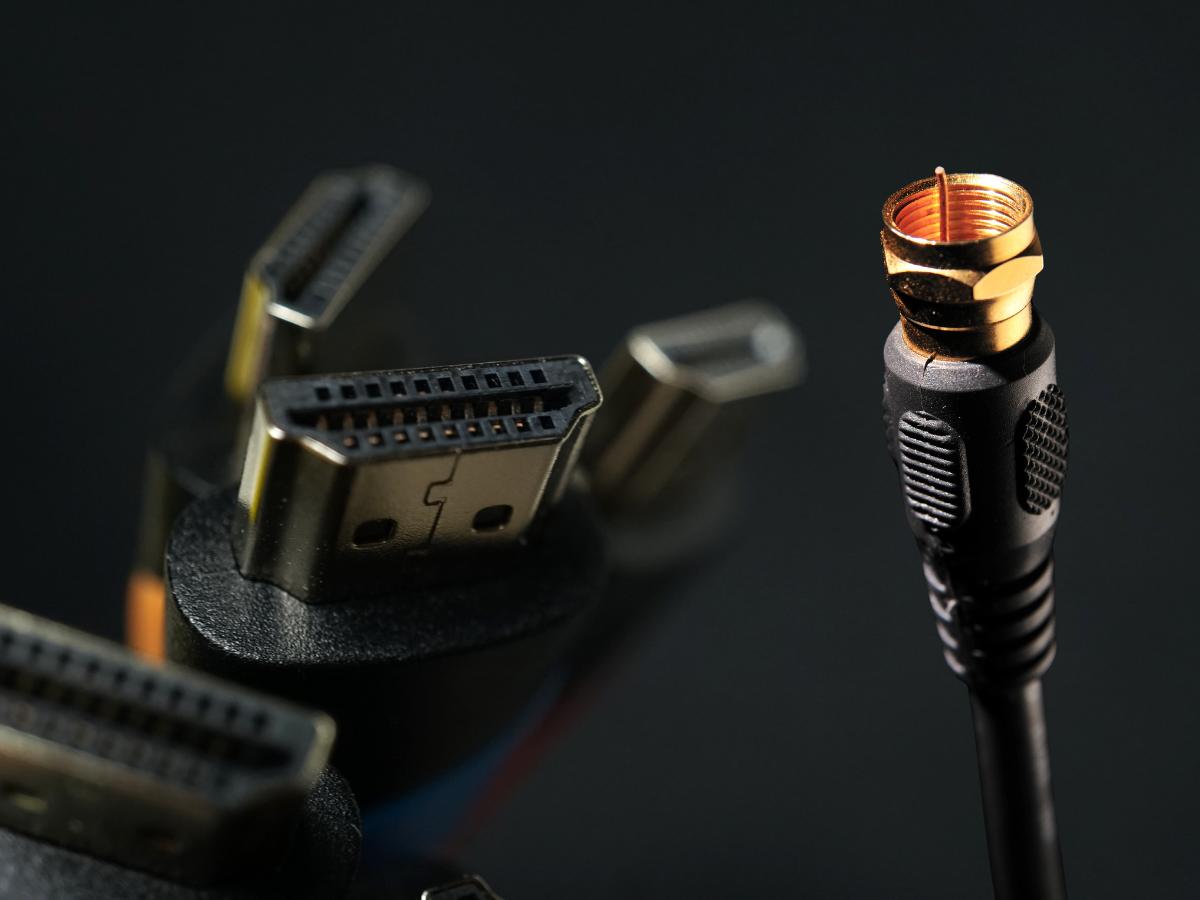Introduction:
With technological progress, the methods by which we consume and disseminate media also evolve. While coaxial cables have been a popular means of transmitting audio and video signals for many years, they are becoming increasingly outdated. HDMI, on the other hand, is a more modern and versatile solution that offers higher-quality audio and video transmission. This guide will show you how to convert the coaxial cable to HDMI to bring your media setup into the 21st century.

Understanding Coaxial Cables and HDMI
What is a Coaxial Cable?
A coaxial cable is a type of cable that is used to transmit audio and video signals. It consists of a copper core surrounded by insulation, which is then surrounded by a braided shield and an outer protective jacket. Coaxial cables are commonly used for cable television and other similar applications.
What is HDMI?
HDMI, or High-Definition Multimedia Interface, is a digital interface that transmits audio and video signals. It was first introduced in 2002 and has become the industry standard for high-definition home entertainment systems. HDMI cables can transmit audio and video signals in high definition, making them a more versatile and higher-quality solution than coaxial cables.
Why Convert Coaxial Cable to HDMI?
Better Quality
One of the main reasons to convert the coaxial cable to HDMI is to improve the quality of your audio and video signals. HDMI is a digital interface, meaning it can transmit audio and video signals in high definition without any loss of quality. This is in contrast to analog coaxial cables, which can suffer from signal degradation over long distances.
Versatility
Another reason to convert the coaxial cable to HDMI is its versatility. HDMI cables can transmit audio and video signals, making them a more versatile solution than coaxial cables. This means that you can use a single HDMI cable to transmit both audio and video signals, making it easier to connect your devices and simplify your setup.
Future-Proof
Finally, converting coaxial cable to HDMI can also help future-proof your media setup. As technology advances, more devices and systems will likely only support HDMI. By converting to HDMI now, you can ensure that your setup will continue to work with new devices as they are introduced.
How to Convert Coaxial Cable to HDMI

Step 1: Gather Your Equipment
The first step in converting coaxial cable to HDMI is to gather all of the equipment that you will need. This includes:
- Coaxial cable
- HDMI cable
- Coaxial to HDMI converter
- Power supply for the converter
- Screwdrivers
Step 2: Disconnect the Coaxial Cable
Once you have all your equipment, the next step is disconnecting the coaxial cable from your device. This will typically involve unscrewing the cable from the device and unplugging it from the wall.
Step 3: Connect the Coaxial Cable to the Converter
Once the coaxial cable is disconnected, the next step is connecting it to the coaxial HDMI converter. This typically involves plugging the coaxial cable into the “input” port on the converter and securing it with a screw.
Step 4: Connect the HDMI Cable to the Converter
The next step is to connect the HDMI cable to the “output” port on the coaxial to HDMI converter. Make sure that the cable is securely in place.
Step 5: Connect the Power Supply
Before you can start using your new setup, the final step is to connect the power supply to the coaxial to HDMI converter. This typically involves plugging the power supply into a wall outlet and connecting it to the converter.
Step 6: Test the Connection
Once everything is connected and powered on, it’s time to test the connection to ensure everything is working properly. Start by turning on your device and checking to see if you can see and hear the audio and video signals coming through the HDMI cable.
Frequently Asked Questions
Can I Use Any Coaxial to HDMI Converter?
Not all coaxial to HDMI converters are created equal, so choosing one compatible with your device and meeting your specific needs is important. Be sure to check the specifications of the converter before making your purchase.
Do I Need to Connect the Converter to a Power Supply?
Yes, most coaxial to HDMI converters require a power supply to function properly. The power supply is typically included with the converter, so check the specifications before purchasing.
Can I Use a Long HDMI Cable?
Yes, you can use a long HDMI cable if you need to extend the distance between your device and your TV. Remember that the longer the cable, the more signal degradation can occur. If you need to use a long HDMI cable, it’s best to choose one of high quality that meets the latest HDMI standards.
Conclusion:
Converting coaxial cable to HDMI is a great way to improve the quality of your audio and video signals, simplify your setup, and future-proof your media system. With this comprehensive guide and the right equipment, you can easily switch from coaxial cable to HDMI. So why wait? Start enjoying higher-quality media today!








